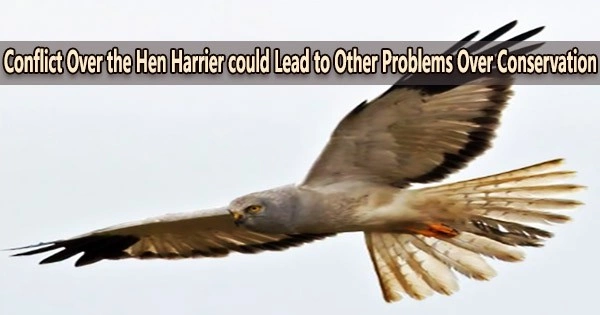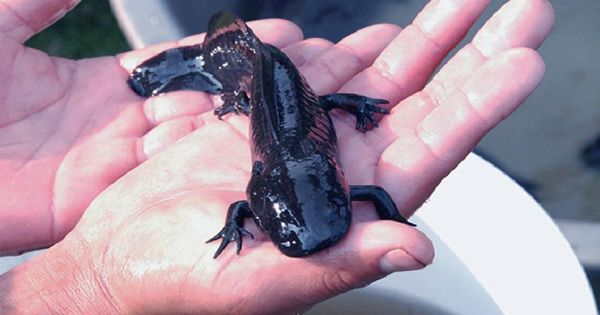The hen harrier (Circus cyaneus) is a medium-sized bird of prey that belongs to the harrier family. It is found in many parts of the world, including Europe, Asia, North America, and northern Africa. The hen harrier is also known as the northern harrier in North America.
According to new research, the long-running dispute over Britain’s hen harriers may provide lessons for future conservation issues.
Due to the fact that hen harriers hunt on birds that are commonly shot for sport, particularly red grouse, there is friction between shooting clubs and organizations that protect birds of prey.
The latest study, by the University of Exeter, analyzes almost three decades of U.K. newspaper articles to understand how the discussion has grown.
Researchers found a peak of “polarization” after the 2016 launch of a government-backed action plan for the recovery of hen harrier populations.
“Our research offers a variety of options that could help with other conservation conflicts,” said Filippo Marino, of the Center for Ecology and Conservation on Exeter’s Penryn campus in Cornwall. “We identified the most polarizing issues in the debate, and other areas where there was broad agreement. It’s useful for opponents to be aware that they share some common ground, and to understand their key areas of disagreement.”
“Our findings also show that the hen harriers debate has been dominated by a few high-profile people and organizations. This has probably perpetuated the conflict, increased polarization and hindered resolutions. Allowing new voices to speak might change the dynamics and help unlock this entrenched debate.”
A key point of conflict is a relocation scheme, known as brood management, that moves hen harriers away from grouse moors. Meanwhile, reintroduction of hen harriers in southern England where numbers are lower compared to northern England and Scotland have been less polarizing.
Filippo Marino
Hen harriers are birds of open country, often seen flying low over moorland, heathland, or agricultural land in search of small mammals, birds, or reptiles. They breed on the ground in dense vegetation and lay four to six eggs. During the breeding season, the male performs an impressive sky dance to attract a mate.
Researchers examined 737 statements in 131 newspaper articles published from August 1993 to December 2019, finding three main themes in the debate: problems, solutions and reactions.
They found that a multitude of people and organizations contributed to the hen harrier debate. However, only a subset was regularly quoted.
“Despite a long history of conservation measures and the recent decline of territorial pairs of harriers in Great Britain, the hen harrier conflict appears to have worsened and become more polarized both in England and Scotland,” Marino said.
“A key point of conflict is a relocation scheme, known as brood management, that moves hen harriers away from grouse moors. Meanwhile, reintroduction of hen harriers in southern England where numbers are lower compared to northern England and Scotland have been less polarizing.”
The paper, published in the journal People and Nature, is titled “Stakeholder discourse coalitions and polarization in the hen harrier conservation debate in news media.”
















